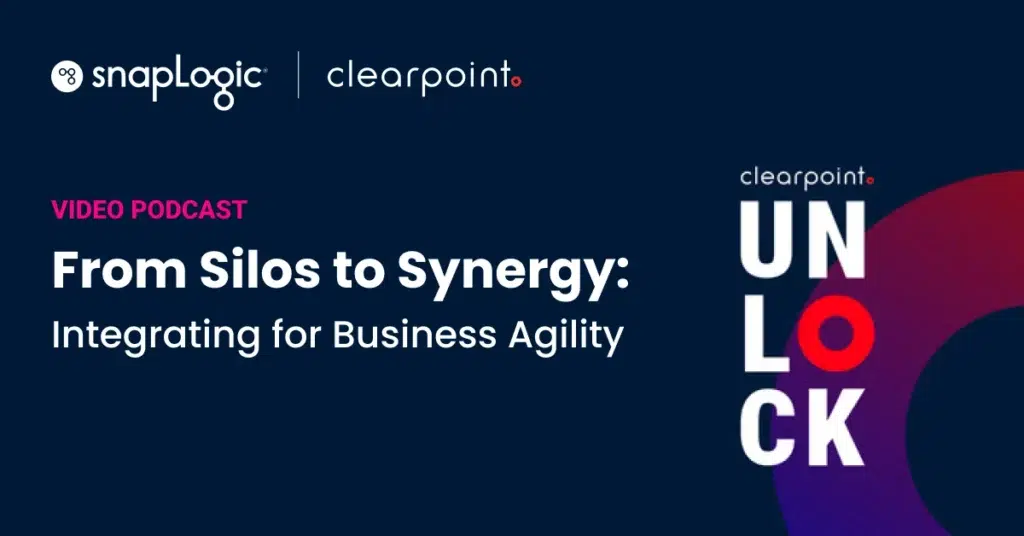What is a data pipeline?
A data pipeline is a service or set of actions that process data in sequence. This means that the results or output from one segment of the system become the input for the next. The usual function of a data pipeline is to move data from one state or location to another.
The common processes performed through a data pipeline are Extract, Transform, and Load.
- Extract meaning to collect the data from its current location.
- Transform meaning to put it in a uniform, readable format.
- Load meaning to send the data to a database, such as a data warehouse, where analysis can be performed.
Together these actions are commonly referred to as ETL. Data pipelines are valuable for business because they allow data to be extracted at different points. This is important because it means a business can query data that has been processed to a certain point in different ways, without having to start over from the beginning. The vast majority of time in processing data is in the extraction and transformation phase. By being able to use datasets that are already at the beginning of the Load phase, companies can save a lot of time and resources.
The preparation of data for analysis in the first place is known as the data ingestion pipeline. Due to the importance of this for the overall functioning of the pipeline, following data ingestion best practices is very important. This includes pruning your data to avoid redundant loading, as well as using functional automation as much as possible. Artificial intelligence has also become a common tool for improving data ingestion.
There are different kinds of data pipelines, including SnapLogic’s,that allow for various functionality depending on a user’s needs. They can be built using different software and processes, such as an Apache Kafka data pipeline. The ETL for big data is especially important for businesses as it affects the speed and quality of insights. This may affect their ability to be first to market or to respond to changes, harming their competitiveness and bottom line.









